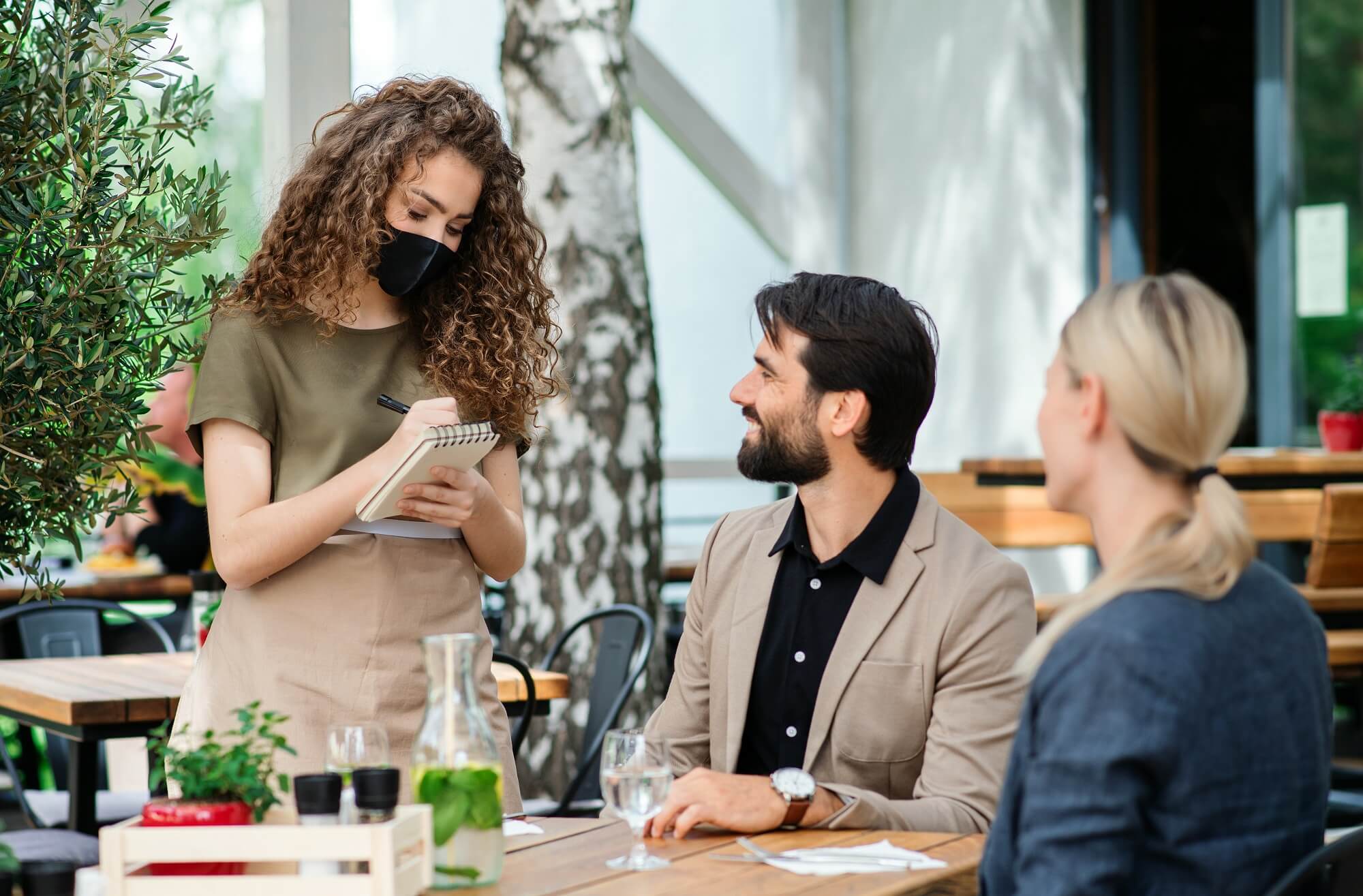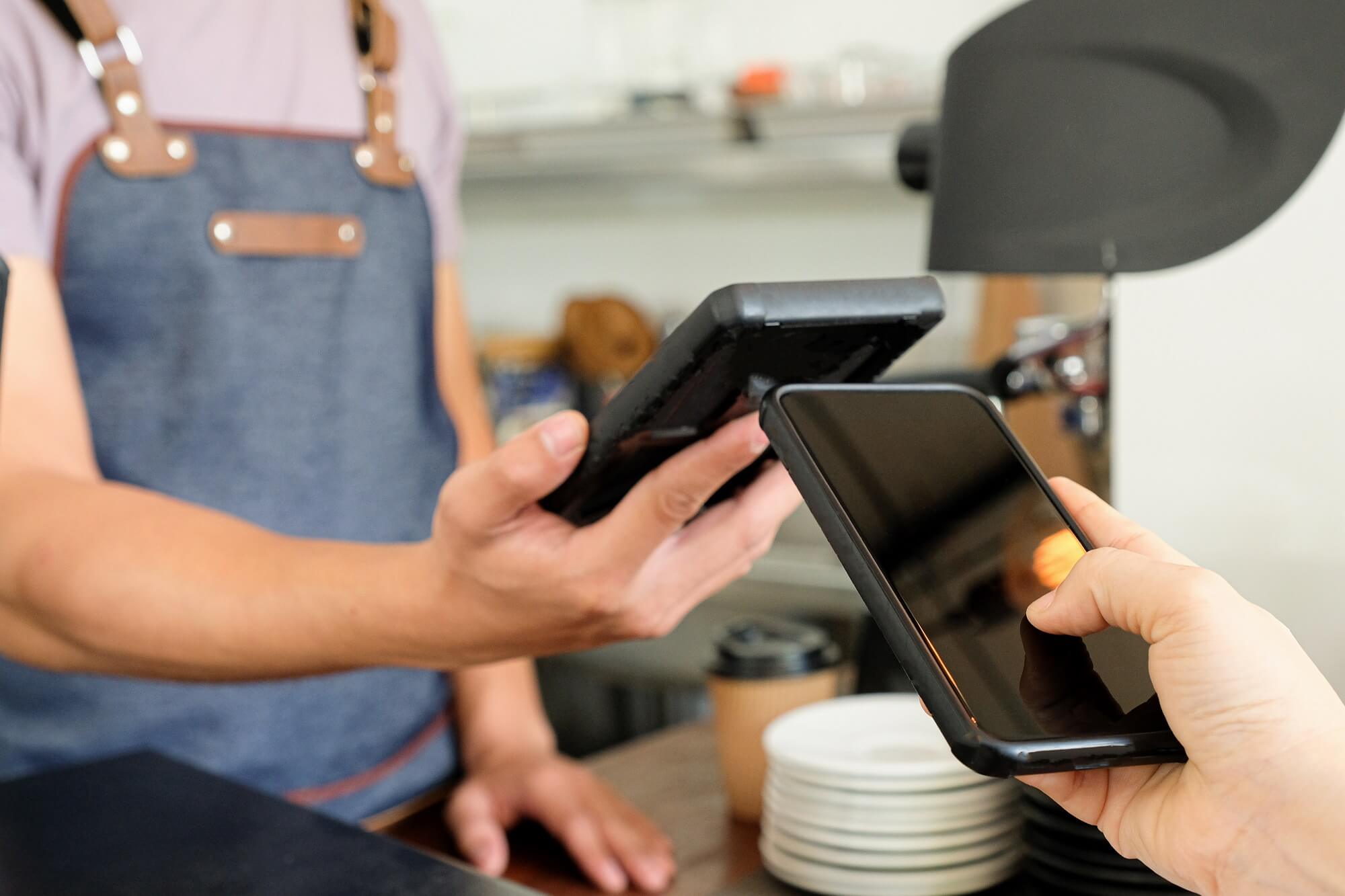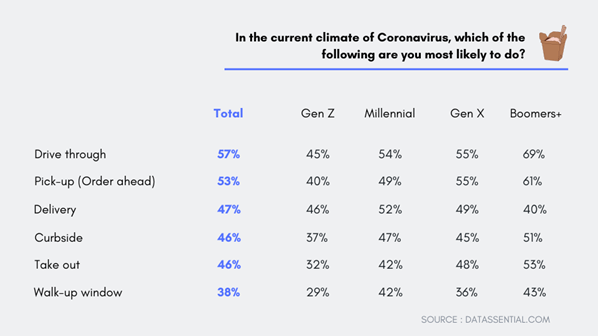
UK Government’s Operational Plan For Restaurant Industry Revival
New figures released by Office for National Statistics (ONS) show that the economy shrunk by 2 per cent in the first quarter of 2020. By contrast, the hospitality industry has been among the worst-hit sectors – with a first-quarter decline of 21.3 per cent. (According to UK Hospitality, industry’s principal trade body) Yahoo! Finance reports that over 33.5 million people in the hospitality industry have lost their jobs since March 2020. This accounts for an unemployment rate of 14.7%. Two out of three restaurant employees have lost their jobs, according to the National Restaurant Association. To help the restaurant industry back on its feet, Chancellor of the Exchequer Rishi Sunak introduced the ‘EAT OUT to HELP OUT’ scheme. Under the EOHO scheme, the government would subsidise meals when dining in at restaurants by 50 per cent. This would be in effect every week from Monday to Wednesday, throughout August. The EOHO is just one of the many schemes designed to provide respite to the food services sector. Other measures include:- Furlough scheme for employees,
- Reduction in VAT to 5 per cent from 20 per cent,
- Small business grants, and
- Temporary changes to license laws and outdoor seating arrangements.
What Does A ‘Contactless’ Restaurant Mean?
Earlier, guests and employees shared touched surfaces within close proximity of each other. Going contactless means elimination of physical inputs, touch, and shared surfaces. This can be achieved through technology, rearranging the seating and dining layout, or operational adjustments for streamlined services. Contactless restaurant operations aim to incorporate as little contact throughout the restaurant – right from ordering and payment to reduce the number of shared objects and surfaces. This arrangement not only demonstrates the restaurant’s commitment to the health and wellness of its guests but also makes employees feel safer.Contactless Restaurant Strategies
If you’re a UK restaurant thinking of restarting your business, here are some tips for resorting to the NEW normal:Digital Menus: Ordering food with contactless restaurant operations
In the before-COVID era, guest after guest would handle shared menus. These would either be cleaned at the beginning or end of a shift. Sometimes, the cleaning regimen would ensue after a full workday. Moving forward, menus must be disinfected between every guest. Too much work? How about disposable menus that double up as placemats and are discarded towards the end of each use? Printed signage installed at the table can also eliminate the need to touch a menu. Another way is to use digital menus. Guests can scan a QR code that pops the entire menu on their device. Customers anyways rely on their cell phones to research a restaurant they want to visit. Nearly 77 per cent of guests check the menu online before visiting a restaurant. This reinforces the need to have digital menus as the first step of contactless restaurant operational strategy.Operational Plan for Restaurant: Incorporating digital ordering
Since the pandemic has started, 92 per cent of orders from restaurants were received through digital methods rather than people ordering at the facility. With the UK restaurant industry resuming operations, it’s time to take this one step further – making digital ordering the norm. Placing an order online could be as simple as having a small widget on your website that collects orders. It could be as complicated as developing a full-fledged app for your website. You can also integrate a third-party app vendor or SMS technology into your ordering process. Contactless ordering is better for several reasons. First, it eliminates the need for unwanted contact from customers standing in long queues at restaurant counters. Secondly, anybody can place an order from the comfort of their homes, at their pace without feeling rushed from customers standing behind them. It also allows restaurants to take in more orders, more quickly with the entire staff engaged in fulfilling these orders. Digital ordering enables restaurants to create a seamless, consistent dining experience. Customers can expect a similar menu and treatment, whether they’re at home, on-the-go, or inside the restaurant.Digital Payments: The most important pillar of your contactless restaurant reopening strategy
Paper money can carry more germs than a toilet. Virus and bacteria can survive on most surfaces for as long as 48 hours – which is why going touchless is critical in keeping your staff and guests safe. Contactless payment channels like Apple Pay or tap-to-go credit cards had been on the rise even before the pandemic. The post-COVID world has seen touch-free transactions spike. Restaurants should equip themselves for the demand for digital and contactless payment options accordingly.
Allowing payments via near-field communication (NFC), digital wallets, or QR codes could be implemented to allow customers to pay without handing over their card. These payments also have the added advantage of being quicker and more secure than traditional methods. Your customers don’t have to worry about staff handling their card or cash – ensuring data and privacy security.
Contactless payment channels like Apple Pay or tap-to-go credit cards had been on the rise even before the pandemic. The post-COVID world has seen touch-free transactions spike. Restaurants should equip themselves for the demand for digital and contactless payment options accordingly.
Allowing payments via near-field communication (NFC), digital wallets, or QR codes could be implemented to allow customers to pay without handing over their card. These payments also have the added advantage of being quicker and more secure than traditional methods. Your customers don’t have to worry about staff handling their card or cash – ensuring data and privacy security.
Restaurant Operations: Drive-through, pickups, or contactless takeaways
A recent consumer study by Datassential revealed that most customers would prefer drive-through to be a safer option, thinking of their car as a protective barrier. This includes the boomers and above, who are at the most risk of COVID-19. You can select a contactless delivery option based on these figures and your target customers.
Leave a Comment